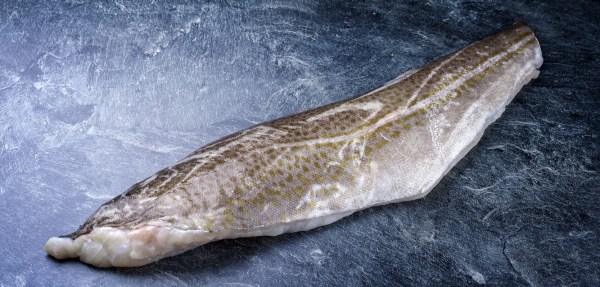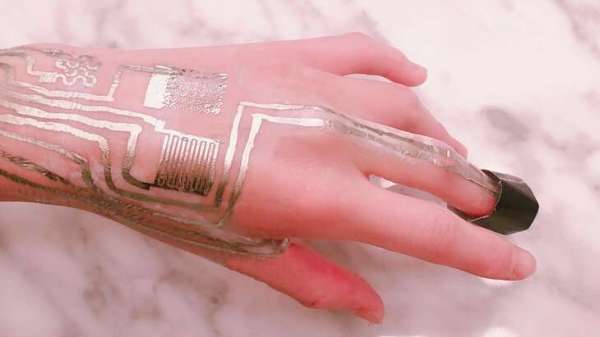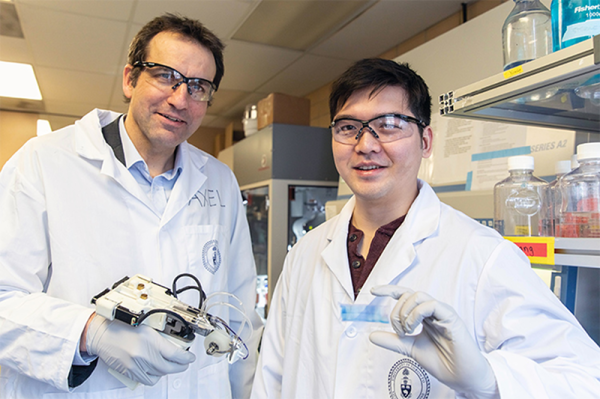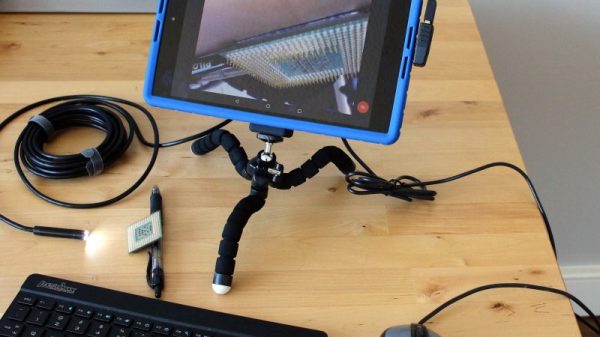There are all kinds of expensive beauty treatments on the market — various creams, zappy lasers, and fine mists of heavily-refined chemicals. For [Ruth Amos], a $78,000 LED bed had caught her eye, and she wondered if she could recreate the same functionality on the cheap.
The concept behind [Ruth]’s build is simple enough. Rather than buy a crazy-expensive off-the-shelf beauty product, she decided to just buy equivalent functional components: a bunch of cheap red LEDs. Then, all she had to do was build these into a facemask and loungewear set to get the same supposed skin improving benefits at much lower cost.
[Ruth] started her build with a welding mask, inside which she fitted red LED strips of the correct wavelength for beneficial skin effects. She then did the same with an over-sized tracksuit, lacing it with an array of LED strips to cover as much of the body as possible. While it’s unlikely she was able to achieve the same sort of total body coverage as a full-body red light bed, nor was it particularly comfortable—her design cost a lot less—on the order of $100 or so.
Of course, you might question the light therapy itself. We’re not qualified to say whether or not red LEDs will give you better skin, but it’s not the first time we’ve seen a DIY attempt at light therapy. Continue reading “DIY Your Own Red Light Therapy Gear”



















